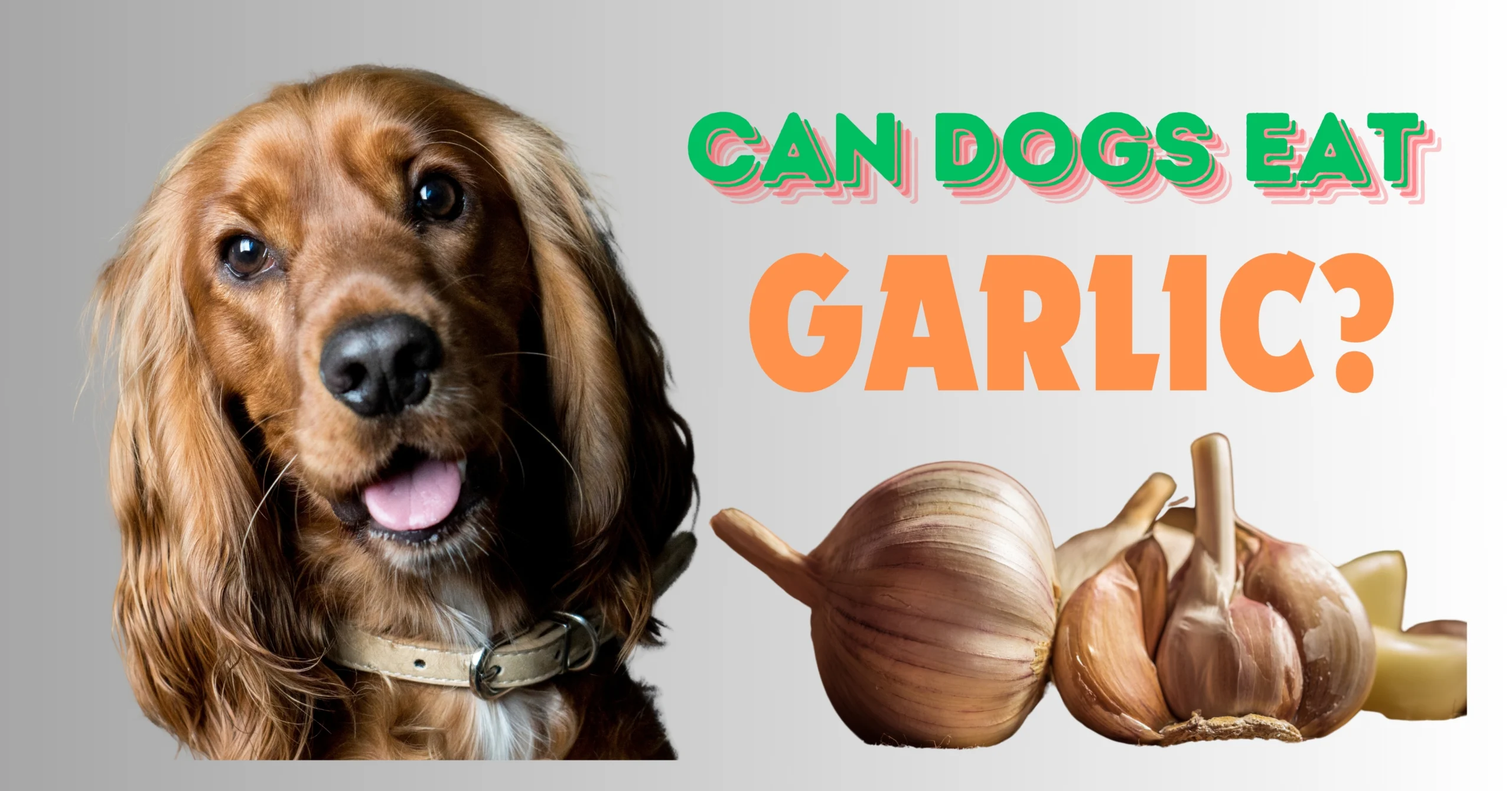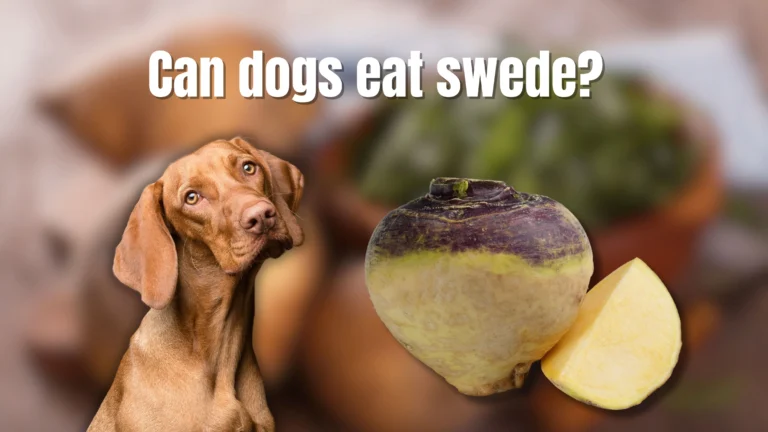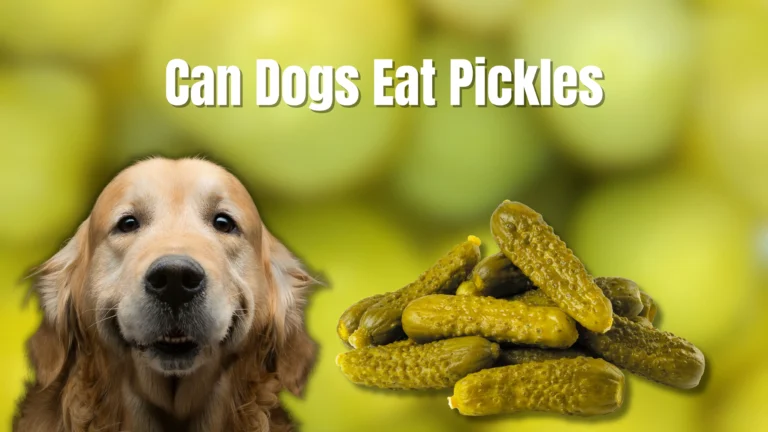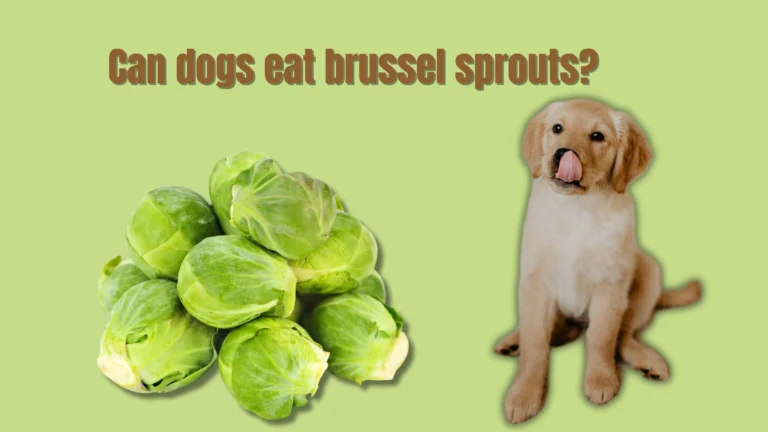Can Dogs Eat Garlic?
Garlic, though a staple in many human dishes, is highly toxic to dogs and should never be given to them. While its irresistible aroma may draw your pet into the kitchen, the risk it poses far outweighs any momentary satisfaction they might get from a bite. Can Dogs Eat Garlic? Even in small amounts, garlic can lead to serious health issues for dogs, making it essential to avoid sharing food containing garlic. Pet owners must be aware that some human foods, like garlic, are not safe for their pets.
When a dog consumes garlic, it can result in symptoms of poisoning, such as vomiting, weakness, and digestive problems. These signs might not appear immediately but can worsen over time, leading to further complications. Acting quickly by seeking veterinary care can help mitigate the risks and prevent lasting harm to your dog. Prevention is critical, so keeping garlic-rich foods away from curious pets is the safest option.
Dog owners need to educate themselves about the foods that are hazardous to their pets. While garlic may have health benefits for humans, its toxicity to dogs is undeniable, requiring caution in the kitchen and at the dinner table. Prioritizing a dog’s health by sticking to foods that are specifically designed for them is essential for their overall well-being and longevity.
Why is garlic bad for dogs?
Garlic contains thiosulfate, a compound that is toxic to dogs but harmless to humans. Even small amounts of garlic can damage a dog’s red blood cells, leading to decreased oxygen supply to the body. This can result in symptoms such as lethargy, vomiting, and gastrointestinal issues.
Plants in the Allium family, including onions and leeks, pose similar risks for dogs due to the presence of N-propyl disulfides and thiosulfates. When these compounds are metabolized, they can destroy red blood cells, leading to serious health complications. If left untreated, the consumption of large amounts of garlic can be fatal for dogs.
While some older studies suggested the potential health benefits of garlic for dogs, more recent research has identified the risks of toxicity. Even though dogs may not show immediate outward symptoms, the long-term damage to their blood cells is a serious concern. For this reason, it’s best to avoid feeding garlic to dogs altogether

What are the signs of garlic poisoning in dogs?
If you suspect your dog has eaten garlic, it’s essential to act quickly and be aware of the following key points:
Contact your vet immediately
If you believe your dog has ingested garlic, even if symptoms are not yet visible.
Symptoms of garlic toxicity
May take a few days to appear, so don’t wait for signs before seeking veterinary help.
Early symptoms
To watch for include lethargy, abdominal pain, vomiting, diarrhea, drooling, panting, and weakness
Severe symptoms
Can include pale gums, yellowing of the skin and eyes, bloody urine, increased heart rate, and difficulty breathing.
Smaller dogs
Are at higher risk, and the severity of symptoms increases with the amount of garlic consumed.
Signs of anemia
Such as weakness, ataxia (lack of coordination), and cyanosis (blue gums/skin) should be addressed immediately.
Always observe
Your dog’s behavior after any garlic ingestion, as this can provide valuable information to your vet.
Don’t delay contacting the vet
As garlic toxicity can escalate and become life-threatening without timely intervention.

Can dogs eat garlic bread?
Garlic bread is not safe for dogs, as even the small amounts of garlic in it can be harmful. Garlic is toxic to dogs and, when combined with the high-fat content from butter, oil, and cheese, can lead to digestive issues like vomiting or diarrhea. Additionally, the excessive calories and fat in garlic bread provide no nutritional benefits and may contribute to obesity in pets. While garlic bread contains less garlic than other garlic-based foods, the risk of toxicity remains. This makes it essential to keep garlic bread and other similar foods out of your dog’s reach.
Beyond the garlic, rich ingredients like butter and cheese can also cause more severe health problems such as pancreatitis, especially in dogs unaccustomed to eating fatty foods. Dogs’ digestive systems are not designed to process these types of ingredients, making garlic bread particularly problematic. Even though it may seem like a harmless treat, feeding your dog garlic bread can lead to serious health complications. It’s always best to stick to dog-safe foods to ensure
Treating Garlic Toxicity in Dogs
If your dog eats a large amount of garlic, it’s essential to take them to the veterinarian immediately. Although garlic poisoning is rarely fatal, your dog may need supportive care to manage symptoms and ensure comfort. Your vet might administer intravenous fluids to keep your dog hydrated and prescribe medications to address vomiting.
In severe cases, garlic toxicity can cause significant damage to red blood cells, potentially leading to anemia. In such situations, a blood transfusion may be necessary. Prompt medical attention is crucial to help your dog recover and avoid long-term health issues.







